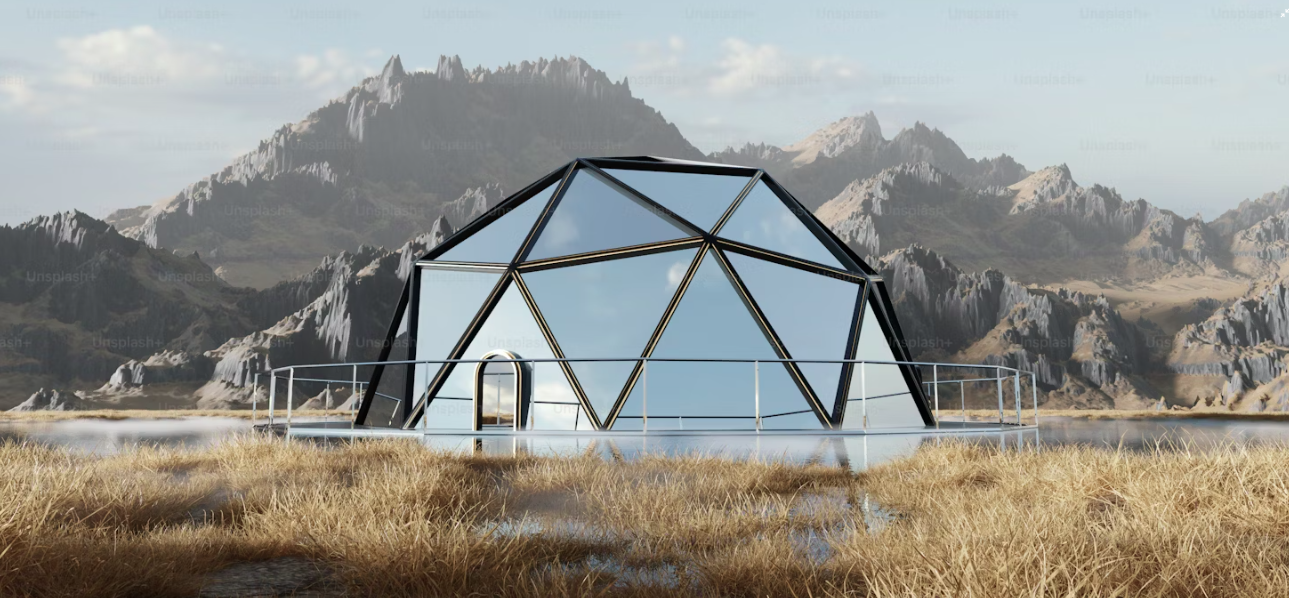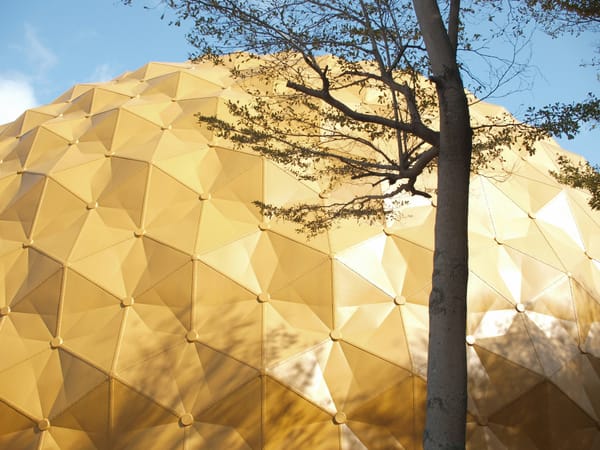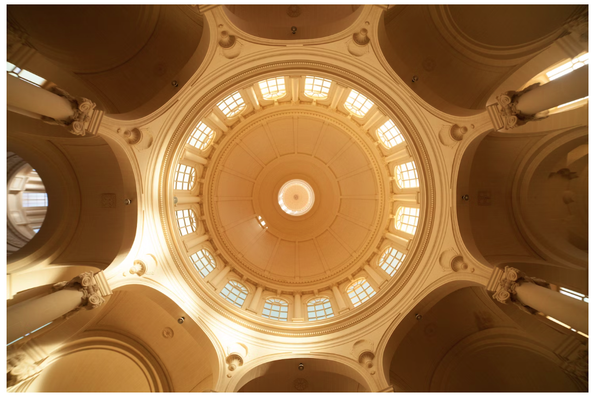The Benefits of Glass Domes for Austere Environments

The Benefits of Glass Domes for Austere Environments
In the push to settle and thrive in some of the most unforgiving environments on Earth—and even beyond it—glass domes are emerging as a practical and futuristic solution. These structures, often associated with science fiction, offer very real advantages when it comes to creating livable spaces in places otherwise hostile to human life. From deserts and polar regions to lunar or Martian landscapes, glass domes provide a blend of protection, sustainability, and psychological well-being.
1. Environmental Protection and Climate Control
One of the most immediate benefits of glass domes is their ability to create a controlled internal environment. In deserts, where temperatures swing wildly between day and night, or in polar regions where sub-zero temperatures dominate, a dome can maintain a stable, livable climate. The insulating properties of advanced glass—especially when layered or combined with materials like aerogel—can trap heat in cold regions or reflect excessive solar radiation in hot areas.
These domes can also be pressurized and sealed, making them ideal for extraterrestrial use where the atmosphere is unbreathable or non-existent. Inside, humidity, air pressure, and oxygen levels can be regulated to mimic Earth-like conditions.
2. Harnessing Natural Light
Modern glass technologies, such as smart glass or photovoltaic glass, allow for the modulation of light while still providing transparency. In austere environments where resources are limited, natural sunlight becomes an invaluable asset. Glass domes maximize daylight penetration, reducing the need for artificial lighting and saving energy.
Additionally, sunlight exposure has proven psychological benefits, reducing the risk of depression and circadian rhythm disruption—both of which are serious concerns in isolated or extreme environments.
3. Sustainability and Self-Sufficiency
Glass domes can serve as micro-ecosystems capable of supporting agriculture and recycling resources. Hydroponic and aquaponic systems thrive in greenhouse-like conditions, making it possible to grow food locally even in barren deserts or off-planet colonies. The closed-loop systems enabled by dome environments can include water recycling, waste composting, and atmospheric filtration, promoting self-sufficiency and reducing logistical dependence on external supply chains.
4. Structural Integrity and Resistance
Though glass may sound fragile, modern engineering has transformed it into a robust material. Laminated and tempered glass composites can withstand heavy wind loads, snow accumulation, seismic activity, and even micrometeorite impacts when used off-Earth. The dome shape itself distributes stress evenly, making it inherently more resistant to environmental forces than flat or angular structures.
5. Psychological and Social Benefits
Living in a stark, uniform shelter can be mentally taxing, particularly in isolated or high-stress environments. Glass domes counteract this by offering expansive views of the outside world—or sky—which helps reduce feelings of confinement. The natural light and openness contribute to better mental health and a stronger sense of connection with the surrounding landscape.
In addition, domes promote communal living spaces, which can foster collaboration, social bonding, and a shared sense of purpose—crucial elements in remote scientific outposts, space missions, or eco-communities.
6. Architectural Flexibility and Aesthetic Appeal
Beyond functionality, glass domes are aesthetically striking and highly customizable. They can be constructed at varying scales—from individual pods to city-encompassing megastructures—and adapted to suit specific needs, from research labs to residential habitats. Their futuristic look can also serve as a visual statement of innovation and sustainability, aligning with modern values and forward-thinking development.
Conclusion
Glass domes are not just architectural curiosities; they are a serious solution for living in austere and extreme environments. By offering protection, sustainability, energy efficiency, and psychological comfort, they stand at the intersection of design and necessity. As humanity looks toward life on Mars, under the ocean, or in the heart of the desert, glass domes may well become the homes of the future.



